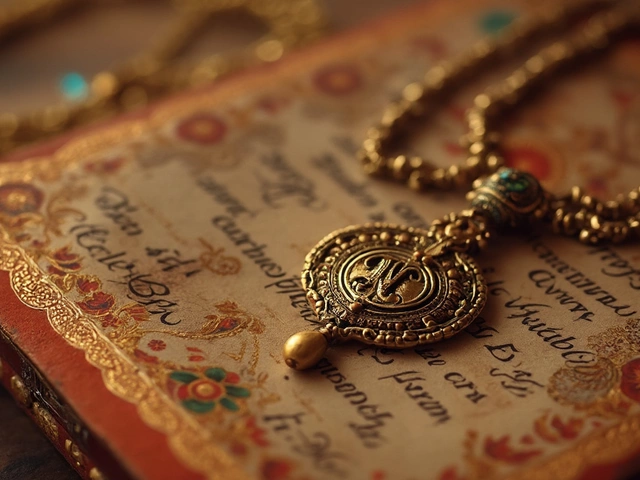Rhinoplasty: What You Need to Know Before Going Under the Knife
If you’re thinking about changing the shape of your nose, you’ve probably heard the term rhinoplasty. It’s a common cosmetic and functional surgery that can smooth bumps, narrow a wide bridge, or fix breathing issues. Below is a straight‑forward look at how the procedure works, what you’ll pay, and how to recover without surprises.
How the Surgery Is Done
Rhinoplasty usually takes 1‑2 hours and can be done under local or general anesthesia. The surgeon makes a small cut inside the nostril (closed technique) or across the columella, the strip of tissue between the nostrils (open technique). Through that opening they can reshape bone, cartilage, or both. Common moves include trimming a hump, adding grafts for support, and narrowing the tip. Your surgeon will show you a computer simulation or a before‑and‑after photo set so you both agree on the final look.
Cost Factors You Can’t Ignore
In India, a rhinoplasty can range from ₹70,000 to ₹250,000. The price depends on the surgeon’s experience, the type of anesthesia, the clinic’s location, and whether you need extra work like a septal correction. Always ask for a detailed quote that lists the surgeon’s fee, anesthesia, operating‑room charges, and any follow‑up visits. Skipping a reputable surgeon to save money often leads to higher costs later if revisions are needed.
Another hidden cost is the recovery period. Most people need a week off work, plus a few days of limited activity at home. Stock up on soft foods, over‑the‑counter pain relievers, and a pillow to keep your head elevated while you sleep.
Now, let’s talk about recovery. Swelling and bruising are normal and peak around day 3‑4. Ice packs for 15‑minutes on‑off can keep it down. Keep your head elevated and avoid blowing your nose for at least two weeks. If you have a cast or splint, leave it on for the full 7‑10 days—removing it early can mess up the final shape.
Follow‑up appointments are crucial. Your surgeon will check the healing progress, remove sutures if needed, and advise when it’s safe to wear glasses or do intense exercise. Most people see the final result after 6‑12 months once all swelling subsides.
Before you book, ask these essential questions:
- What is your board certification and experience with rhinoplasty?
- Can I see before‑and‑after photos of patients with a similar nose type?
- What anesthesia will be used, and are there any risks specific to me?
- How many revisions have you performed, and what’s the typical complication rate?
Lastly, remember that a nose change is permanent. Take time to picture yourself with the new look—use mirror selfies, sketch ideas, or even a 3‑D app. The more confident you feel before surgery, the smoother the whole journey will be.
Rhinoplasty can boost confidence and improve breathing when done right. By understanding the steps, costs, and recovery basics, you’re better prepared to make a smart decision. Ready to take the next step? Start by scheduling a consultation with a qualified surgeon and ask all the questions that matter to you.
Exploring Popular Nose Job Types and Nose Pin Designs
In the intricate world of aesthetics, nose jobs, commonly known as rhinoplasty, have gained fame for enhancing facial harmony. People often opt for nose pins as an alternative to surgery for a subtle aesthetic enhancement. These trends revolve around altering nasal contours through surgical means or decorative wear. The distinction between functional and cosmetic nose jobs offers a breadth of choices for those considering aesthetic or corrective modifications.





